Nevada Tourism Officials Allocate $13.6M in COVID-19 Relief to Promote State
Posted on: September 22, 2021, 08:16h.
Last updated on: October 5, 2021, 10:15h.
The Nevada Commission on Tourism has approved the allocation of nearly $13.6 million in federal COVID-19 relief funds to visitors bureaus and other related agencies. The move is in an effort to draw more travelers to the state.
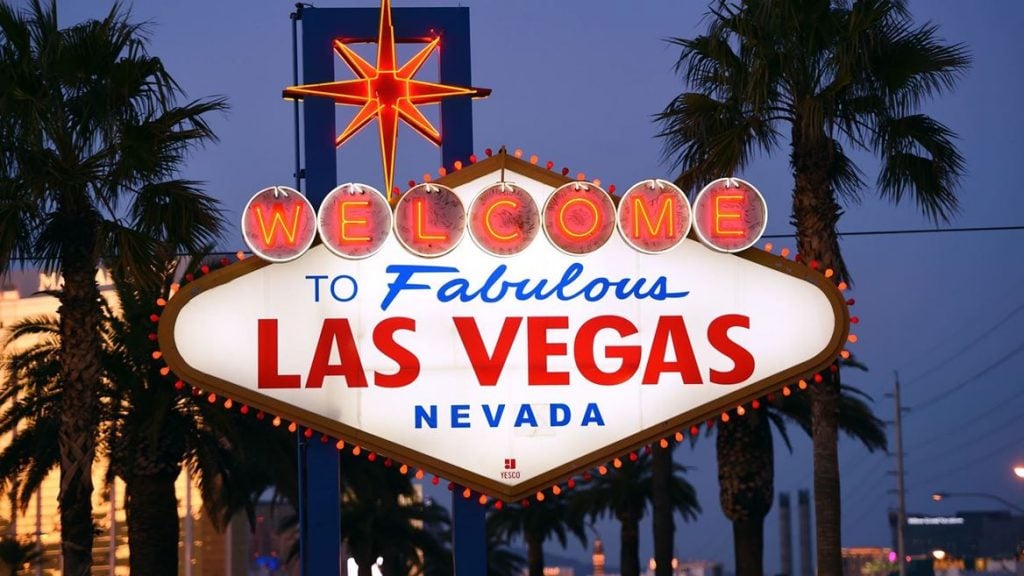
The funding comes from the American Rescue Plan Act (ARPA), which Congress passed in March. The $1.9 trillion spending package included numerous stimulus measures to revive an economy that became stagnant in some sectors due to the COVID-19 pandemic.
The travel and hospitality industries were among the hardest hit. According to the US Travel Association, Americans spent just $679 billion to travel in 2020, a $500 billion drop from 2019; airlines saw a more than 50 percent drop in passenger traffic, and hotels averaged just 44 percent occupancy. And it wasn’t just that few people went to hotels, either. Besides the 33-percentage-point occupancy drop, the average revenue per available room was $45, nearly half what it was in 2019.
Few areas felt that impact as hard as Nevada, where it’s not just the casinos that attract visitors, but the conventions and other attractions do as well.
As part of the effort to help those sectors recover, ARPA allocated $750 million to the US Economic Development Administration (EDA) for its Travel, Tourism, and Outdoor Recreation Program. That money was split into two pots, with $510 million divvied up between the states and territories. The remaining $240 million will be awarded through competitive grants to communities ravaged by the pandemic.
Vegas CVA Gets $7M for US, International Marketing
The commission voted at a meeting Friday to allocate the EDA money. According to the information packet for the commissioners, it noted that the funding will be used for strategic media spending that helps identify and grow travel markets.
Nevada’s money will be split four ways. The largest portion will go to the Las Vegas Convention and Visitors Authority. It will receive $7 million as a direct grant for domestic and international marketing initiatives.
While Las Vegas attracted millions of visitors once COVID-19 restrictions were relieved, international travel has remained in a holding pattern because of the pandemic. That will change in the coming weeks, as the Biden Administration has announced restrictions on foreign travelers will be eased in November.
The Reno-Sparks CVA will receive $1.25 million as a direct grant to market to domestic travelers, and the Nevada Division of Tourism will spend $1 million on programs to encourage in-state travel and increase domestic traffic. The remaining $760,000 will be used for rural grants to help smaller communities and tourism outlets promote their attractions.
“This funding opportunity allows important tourism and outdoor recreation programs to move Nevada forward in recovery,” Brenda Scholari, Director for Nevada Tourism and Cultural Affairs, told Casino.org.
State Getting Billions More for COVID-19 Relief
The EDA money isn’t the only funding that Nevada got from ARPA. Initially projected to receive nearly $3 billion, the state ended up getting $2.7 billion in aid. The bill also sent direct aid to cities and counties as well. Clark County received $440 million and Las Vegas got $131 million.
The federal government provided Nevada with more money than other similar-sized states because of its high unemployment rate caused by the pandemic. Much of that was attributed to the casinos being shut down for three months at the start of the COVID-19 crisis and then having capacity restrictions for nearly a year after that.
State and local governments have been seeking input on ways to spend that money. ARPA allows for the funding to be allocated toward such expenses as covering lost tax revenue from the pandemic, as well as investing in measures that address the negative economic impact.
Related News Articles
Adelson Dealt Blow in “Foul-Mouthed” Libel Case
Most Popular
Las Vegas Overstated F1 Race’s Vegas Impact — Report
Vegas Strip Clubs Wrestle in Court Over Animal Names
Most Commented
-
End of the Line for Las Vegas Monorail
— April 5, 2024 — 90 Comments -
Mega Millions Reportedly Mulling Substantial Ticket Price Increase
— April 16, 2024 — 6 Comments -
Long Island Casino Opponents Love New York Licensing Delays
— March 27, 2024 — 5 Comments -
Nearly Abandoned Mall Outside Vegas Soon to Have Only One Tenant
— March 12, 2024 — 5 Comments
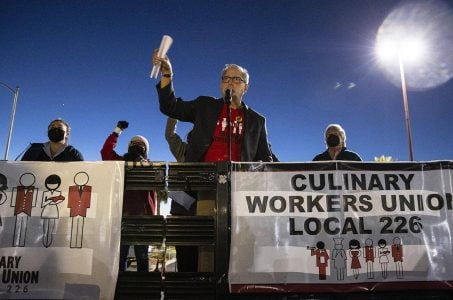

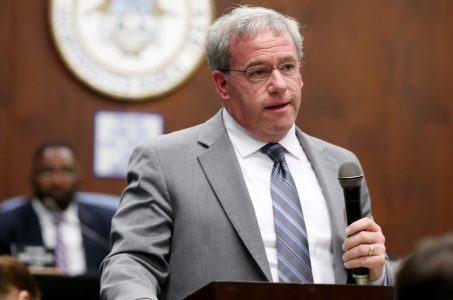
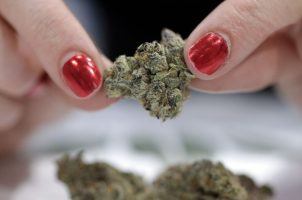











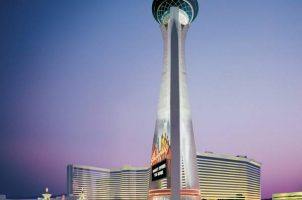
No comments yet